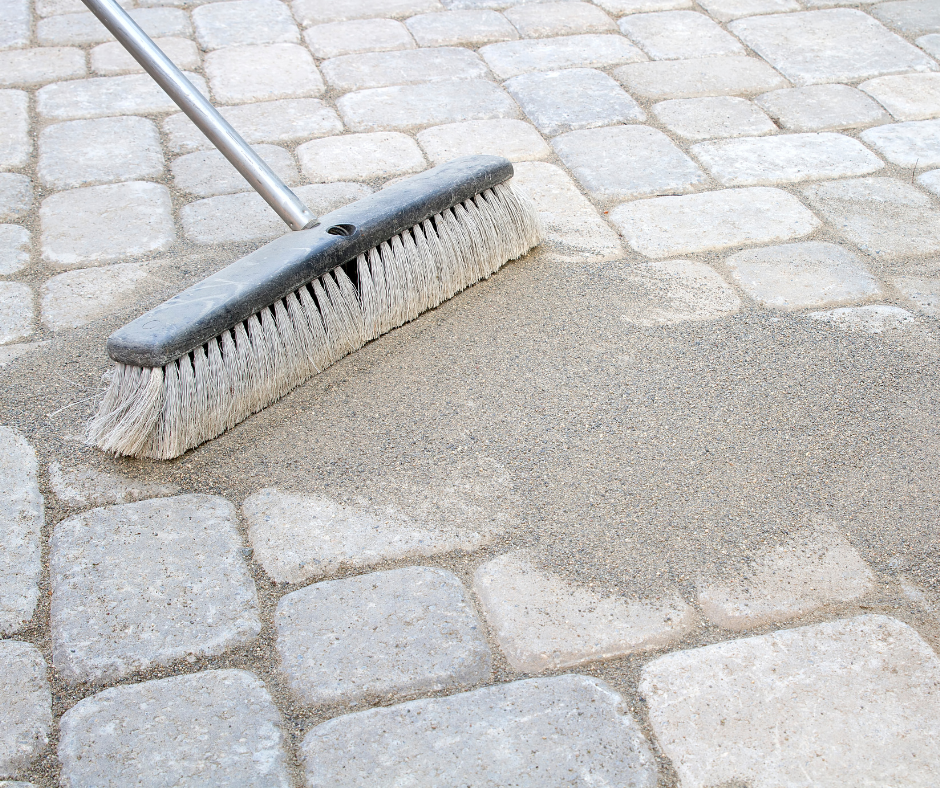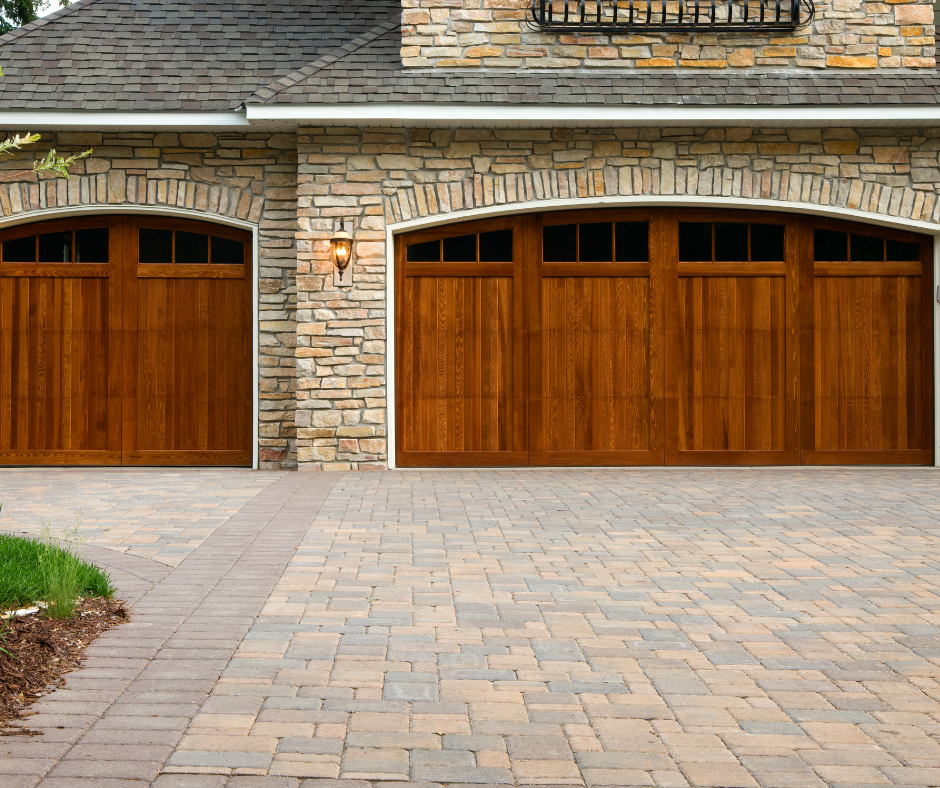Polymeric Stabilizing Joint Sand: Enhancing the Durability of Interlocking Pavers
Exploring the Benefits of Advanced Joint Sand Technology in Paving
Interlocking pavers have revolutionized landscape design, offering versatility and aesthetic appeal for driveways, walkways, and patios. However, the longevity and stability of these paver installations largely depend on the joint sand used. Enter polymeric stabilizing joint sand – a game-changer in the world of interlocking pavers. This blog post delves into the importance and benefits of using polymeric sand for your interlocking paver projects.
What is Polymeric Stabilizing Joint Sand?
Polymeric sand is a blend of fine sand and polymer additives. When applied between the joints of pavers and moistened, the polymers in the sand bind the grains together, creating a firm, yet flexible joint. This unique composition is key to its effectiveness in stabilizing paver installations.
Benefits of Polymeric Sand in Paver Installation
Enhanced Durability
- Strong Bond: Once set, polymeric sand forms a strong bond that resists cracking. It’s less prone to erosion compared to traditional sand, maintaining the integrity of the paver arrangement.
- Withstands Weather Fluctuations: In areas like the Greater Toronto Area (GTA), where weather can vary drastically, polymeric sand’s ability to withstand temperature changes and precipitation is invaluable.
Weed and Pest Deterrence
- Weed Prevention: The tight bond formed by polymeric sand leaves little room for weeds to sprout between pavers.
- Pest Barriers: It also acts as a deterrent to ants and other insects that might otherwise burrow through softer sand.
Enhanced Aesthetic Appeal
- Clean Look: Polymeric sand comes in various colors, allowing it to blend seamlessly with the pavers, enhancing the overall look of the installation.
- Minimizes Staining: Its binding properties reduce the chances of sand being washed onto the surface of the pavers, minimizing potential stains.
Application Process of Polymeric Sand
Correct Application is Key
- Proper Installation: For best results, the paver surface must be dry during the application of polymeric sand. The sand should be carefully swept into the joints and compacted.
- Moistening Process: After application, the sand is gently moistened, activating the polymers. It’s important to follow the manufacturer’s guidelines on water application to avoid over-saturation or under-watering.
Curing Time
- Setting Period: Post-application, a curing period is required, during which the sand hardens. This period can vary based on weather conditions and the specific product used.
Maintenance and Longevity
Long-Term Care
- Maintenance: While polymeric sand enhances the durability of interlocking paver installations, periodic checks are recommended. This is especially true in high-traffic areas or environments with extreme weather patterns.
- Replacement and Repair: If the joint sand shows signs of deterioration over time, it can be replaced. The process involves removing the old sand from the joints and applying new polymeric sand.
Conclusion: A Worthwhile Investment
Polymeric stabilizing joint sand is a vital component in ensuring the longevity, functionality, and beauty of interlocking paver installations. Its advantages in terms of strength, weed and pest resistance, and aesthetic integration make it a superior choice over traditional sand. For homeowners and businesses considering interlocking pavers, incorporating polymeric sand is a decision that enhances the value and durability of their investment.
Quick Service Request
Schedule a Free Consultation!




